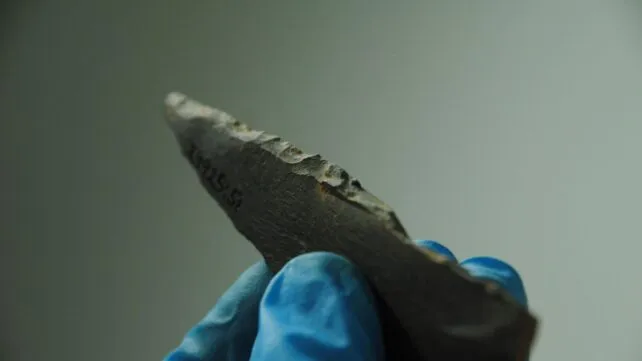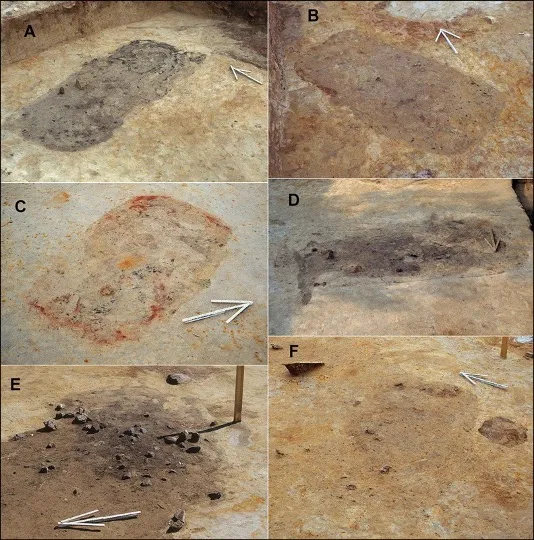Archaeologists identified “thousands of artifacts” and later discovered that the sandy soils had an ashen color and red ocher. Although no funeral ceremony was held, this place continues to be referred to as a cemetery, claiming that it may be one of the largest stone age cemeteries in Northern Europe.
Opening details
No human remains were found in Tainjaro’s dozens of shallow pits, leading researchers to wonder why humans were congregating on these forested shores of a near-Arctic estuary.
A new analysis by archaeologist Aki Hakonen of the University of Oulu in Finland supports the idea that the site was used as a cemetery; There are up to 200 possible burial pits dug approximately 6,500 years ago by Stone Age people known for their nomadic gatherings. life style.
Although no skeletal material has been preserved at Tainjaro, in our view it should be considered a burial site.
– say Hakonen and colleagues.
To reach this conclusion, the team looked at old records of dug trenches and also carried out excavations at other locations. They compared the shape, size and contents of the pits with other Stone Age graves found elsewhere in Finland.
Scientists trying to solve the mystery of the absence of remains say the following: Bones buried in the acidic soil of the region can decompose faster than normal; in a few thousand years.. But thousands of stone artifacts, pottery shards and a few charred animal bones are not subject to such an impact.
![]()

Jagged-edged stone tool / Photo: Aki Hakonen
Many of the pits contained traces of ash and coal, although not as thick as the thick layers of burnt material excavated from Stone Age quarries elsewhere; so this is unlikely to indicate cremation. Other burials contained isolated red ocher streaks, but these were not significant enough to warrant the pits being considered ritual burials.
Nomads may live among the dead, at least for a while, lighting fires next to graves or making stone tools.
– says the article.
But the shape and size of the Tainiaro pits are very similar to hundreds of other Stone Age graves found in 14 cemeteries in Northern Europe. Most Tainjaro pits were shallow rectangles with rounded corners. 1.5 to 2 meters long And about half a meter deep.
Based on their comparisons, the team commented: 44 with approximately 200 holes Although only a fifth of the site has been excavated so far, further research could reveal much more.
![]()

Some of the rectangular pits with rounded corners excavated in the 1980s / Photo by Finnish Heritage Agency/Aki Hakonen
If the pits are indeed graves, this means Stone Age societies living near the North Pole may have been larger than previously thought. Haakkonen says other nearby burial grounds are much smaller and contain about 20 burial pits.
what’s next
The team plans to use ground-penetrating radar to examine the area without disturbing it.
Haakkonen also says soil samples can be analyzed for human DNA, fossilized hair, animal fur and bird feathers to learn more about possible burial practices. For example, last year archaeologists found the remains of a child whose grave was covered with feathers and fur.















